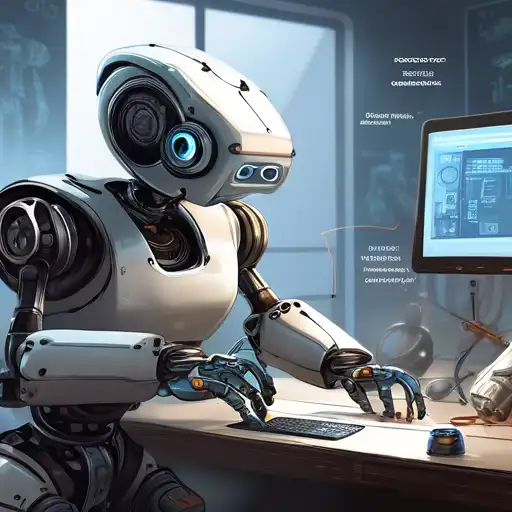Introduction to Robotics Programming
Robotics programming is an exciting field that combines the creativity of designing robots with the technical challenge of programming them to perform tasks. Whether you're a hobbyist looking to build your first robot or a student aiming to enter the field of automation, this guide will help you get started with the basics of robotics programming.
Understanding the Basics
Before diving into programming, it's essential to understand the components that make up a robot. These include sensors, actuators, and a microcontroller or computer that acts as the brain of the robot. Programming these components to work together is what brings a robot to life.
Choosing the Right Programming Language
There are several programming languages used in robotics, each with its advantages. Python is popular for beginners due to its simplicity and readability, while C++ is favored for performance-critical applications. Other languages like Java and ROS (Robot Operating System) are also widely used in the robotics community.
Setting Up Your Development Environment
To start programming robots, you'll need to set up a development environment. This includes installing the necessary software tools, such as an Integrated Development Environment (IDE) for your chosen programming language, and libraries specific to robotics programming.
Your First Robotics Project
A great way to learn is by starting with a simple project, such as programming a robot to follow a line or avoid obstacles. These projects will help you understand the fundamentals of robotics programming, including reading sensor data and controlling actuators.
Advanced Topics to Explore
Once you're comfortable with the basics, you can explore more advanced topics like machine learning for robotics, computer vision, and autonomous navigation. These areas offer endless possibilities for innovation and creativity in robotics programming.
Resources for Learning More
There are many resources available for those interested in deepening their knowledge of robotics programming. Online courses, tutorials, and community forums can provide valuable insights and support as you progress in your robotics journey.
Robotics programming is a rewarding field that combines technical skills with creative problem-solving. By starting with the basics and gradually tackling more complex projects, you can develop the skills needed to bring your robotic creations to life. Remember, the key to success in robotics programming is practice, patience, and persistence.
